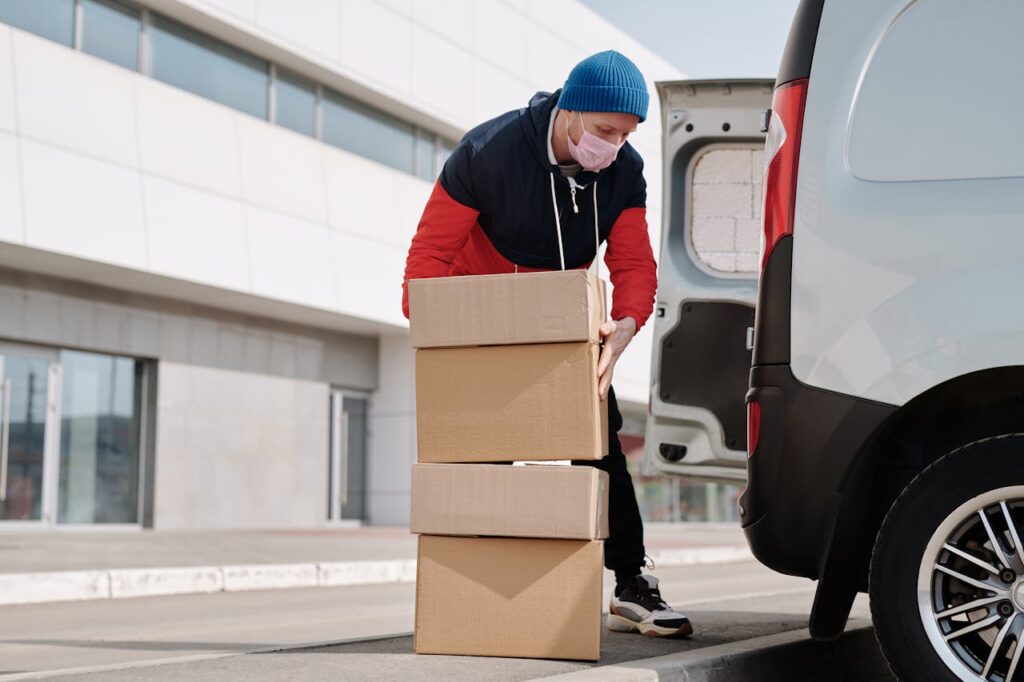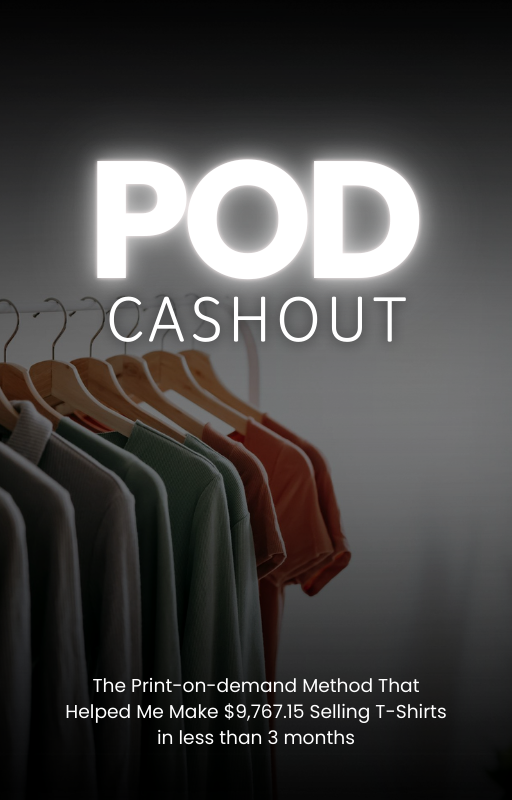If you’ve ever thought about making extra cash on your own time, Amazon Flex might be worth checking out. It’s basically like Uber, but instead of driving people around, you’re delivering packages. You use your own car, pick up shifts when you want, and make some solid money without having to clock in at a regular job.
Sounds simple enough, right? Well, before you jump in, let’s talk about how it really works, how much you can make, and whether it’s actually worth your time.
Amazon Flex runs on an app, and the way you make money is by accepting “blocks,” which are basically shifts that last a few hours. You open the app, see what’s available, and pick the ones that fit your schedule. One of the best things about it is that you’re the boss of your time—no fixed schedule, no dealing with annoying coworkers, just you, your car, and a bunch of packages.
So, How Much Money Can You Actually Make?
The big question: is this worth your time?
Your earnings depend on a few things—where you live, what type of blocks you take, and whether Amazon is offering surge pricing. On a normal day, most drivers make around $20 to $23 per hour after gas expenses. Not bad, right? But during busy times (weekends, holidays, or when Amazon just needs more drivers), they bump up the rates, which means more cash in your pocket.
Some drivers have even hacked the system by finishing blocks way faster than expected. Imagine picking up a three-hour shift, knocking it out in one hour, and still getting paid for the full three hours. That’s not common, but if you know what you’re doing, it’s possible to maximize your earnings.
But hold up—before you start planning what to do with all that extra cash, don’t forget the expenses. You’re covering gas, maintenance, and possibly higher insurance if your provider decides to raise your rates for using your car for deliveries. Some drivers estimate that every mile they drive costs them around 45 cents in wear and tear.
Can You Actually Do This Full-Time?
Amazon Flex is great for extra money, but let’s be real—it’s not always reliable enough to be your main income. Some weeks, you’ll have tons of blocks to choose from. Other weeks? Crickets.
That’s why most people use it as a side hustle to pay off debt, save for a trip, or just add some breathing room to their finances. It’s perfect if you already have a job and just want a flexible way to make extra cash without having to work a second job with a set schedule.
But if you’re thinking about doing it full-time, just know that it’s unpredictable. Blocks aren’t guaranteed, and you might find yourself competing with other drivers for shifts. If you want consistent income, you might need to pair this with other gig jobs to make sure you’re always bringing in money.
How to Make the Most Money Without Wasting Time
Since earnings can be all over the place, smart drivers don’t just take any block—they strategize.
Some deliveries pay better than others. Whole Foods blocks, for example, tend to be more profitable, especially on Sundays when people order big grocery hauls.
Another way to boost earnings is by snagging instant offers—last-minute delivery requests that need to be filled ASAP. These usually pay more, but they’re also super competitive, so if you want a shot at them, keep your location services on in the app. That way, Amazon knows you’re nearby and can send you a notification before other drivers even see it.
Being efficient is also a game-changer. The faster you finish deliveries, the more shifts you can fit into your day. Some drivers use route optimization apps to find the best delivery order so they don’t waste time backtracking. If you deliver in the same areas often, you’ll start to learn shortcuts and common drop-off spots, which can help you move faster.
And don’t forget about tips—especially on grocery deliveries. Customers can tip in the app, and while it’s not guaranteed, a little good customer service can go a long way. Sending a quick “on my way” message, handling packages carefully, and just being friendly can make people more likely to tip. Some drivers even leave a thank-you note with deliveries, and those small gestures can actually lead to better ratings and extra cash.
What New Drivers Should Expect
There’s a rumor that new drivers get more blocks when they first sign up. Some think Amazon does this to keep new users excited about the platform.
If that’s true, it means you should take advantage of that early boost to figure out the best blocks, practice completing deliveries quickly, and make as much money as possible before blocks start getting harder to grab.
The Not-So-Great Parts of Amazon Flex
Like any gig job, it’s not all sunshine and easy money.
One of the biggest complaints is the unpredictability of shifts. Some weeks, you’ll have a ton of options, and other times, you’ll check the app and find nothing. If you’re relying on this to pay bills, that kind of instability can be stressful.
Another headache? Complicated deliveries.
- Apartment buildings with weird layouts
- Gated communities with hard-to-find access codes
- Houses with vague delivery instructions
All of these can slow you down and make it harder to complete your block quickly. And since time is money, every extra minute you spend trying to figure out where to drop off a package cuts into your earnings.
There are also technical glitches. Sometimes the app gives wrong directions, doesn’t register completed deliveries, or messes up block availability. While Amazon does have support, many drivers say it’s not always helpful or quick.
Staying Safe While Delivering
Since you’ll be driving a lot, safety should be a priority.
Some deliveries happen late at night or in unfamiliar areas, so always stay aware of your surroundings. If something doesn’t feel right, trust your gut—skip the delivery or contact Amazon Flex support.
Keeping your car in good condition is also key. Make sure your tires, brakes, and lights are all in working order before starting a shift. Having a phone charger and an emergency kit in your car can save you a lot of stress if anything goes wrong.
And one final tip—let someone know where you are. Share your location with a friend or family member when you’re out delivering, just in case.
Is Amazon Flex Worth It?
If you want a flexible, no-commitment way to make extra money, Amazon Flex is a solid choice. You control your schedule, and with the right strategy, you can make decent cash without overworking yourself.
But if you need a steady paycheck, this probably isn’t the best option. Since blocks aren’t guaranteed, your income could be inconsistent, and you need to consider the costs of gas, car maintenance, and possible insurance changes.
For most people, Amazon Flex is best as a side hustle, not a full-time job. If you’re just looking to save extra money, pay off debt, or make some extra spending cash, it’s definitely worth trying out.
The key to making it work? Be smart about your time, track your expenses, and always look for ways to be more efficient. If you can do that, Amazon Flex can be an easy and reliable way to boost your income—without being stuck in a boring 9-to-5.







